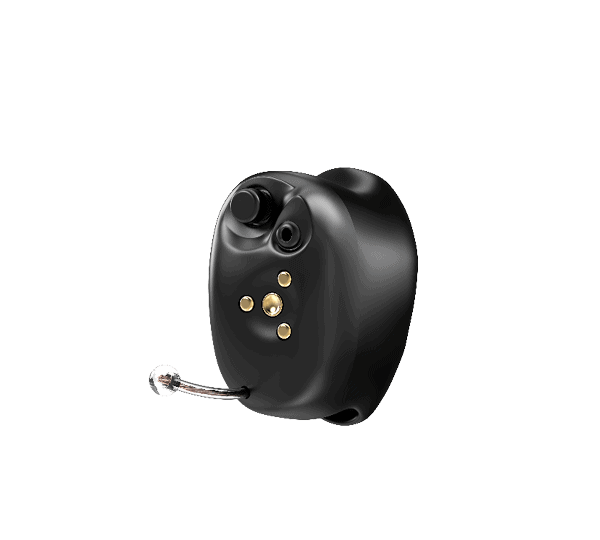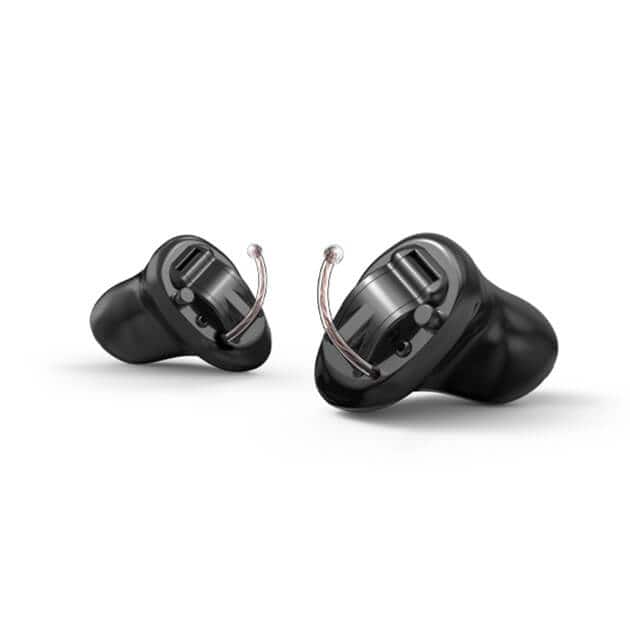Starkey Hearing Aids

Starkey's story begins with Harold Starkey opening its first store in Minnesota in 1963. Since its foundation, the company has evolved into a global enterprise with over 500 employees and 100 worldwide markets. Starkey has a history of providing hearing aids to American presidents such as Ronald Reagan and Bill Clinton.
Another cornerstone of Starkey's identity is a commitment to philanthropy that supports people worldwide who live with hearing loss. The Starkey Hearing Foundation had provided more than 1 million hearing aids to people in need worldwide since its inception in 1984.
Since its beginning, Starkey has pioneered innovative audio technology, including several world firsts:
- In-the-ear hearing aid in 1971
- Completely-in-canal hearing aid in 1992
- Invisible-in-canal hearing aid in 2010
- Healthable hearing aid in 2019

Starkey Signature Series
Enjoy clear, true-to-life sound in advanced hearing aid technology custom fit to hide discreetly in your ear. Signature Series will forever change your perception of hearing aids.
Hearing Technology from Starkey
The Thrive platform
This is the only multi-core twin-compressor and dual-radio system in the industry, and drives the Livio AI and Livio hearing aid models. It has been developed to handle the most sophisticated sound environments.
Artificial intelligence
This technology enables the Thrive platform to simultaneously analyze and adapt to multiple environments and inputs to provide patients with a pure listening experience. The system is capable of environmental detection for seven different sound settings, including speech, speech in noise, music, machine noise, wind, noise, and quiet.
Transient Noise Reduction
Transient noise reduction can handle even the noisiest conditions. Livio AI's hearing aids have recently received the highest rating compared to premium devices from other manufacturers to reduce background noise in noisy listening environments.
Spatial Speech Enhancement
This technology samples the environment up to 167 times per second. It analyzes the level, the situation, and the presence of speech regularly, optimizing amplification to provide the best audibility.

 Starkey has always set the pace when it comes to fitting the best sound and most functionality in the smallest hearing aids possible.
Starkey has always set the pace when it comes to fitting the best sound and most functionality in the smallest hearing aids possible. Never miss a meaningful moment with our smallest, most reliable and best sounding hearing aids. The biggest leap forward ever in hearing technology, Genesis AI hearing aids are anything but ordinary.
Never miss a meaningful moment with our smallest, most reliable and best sounding hearing aids. The biggest leap forward ever in hearing technology, Genesis AI hearing aids are anything but ordinary. A full line of discreet, superior sounding hearing aids designed to make hearing effortless.
A full line of discreet, superior sounding hearing aids designed to make hearing effortless.